Three Minutes to Teach You to See the Tower to Determine the Voltage Level
2022-08-11
2020-09-15
Transmission lines are very common in life, but many people in power-related industries do not know how to determine the voltage level through towers. Today we will talk about this~
According to the structure, transmission lines are divided into overhead transmission lines and cable lines. This article discusses overhead transmission lines, which are composed of line towers, wires, insulators, line fittings, cables, tower foundations, grounding devices, etc., and are erected on the ground. Transmission wires are connected by sections of transmission poles. For high-voltage grades, "iron towers" are used, and for low-voltage grades, such as those found in residential areas, "wood poles" or "cement poles" are generally used. Together they are collectively called "poles and towers."
Overhead transmission lines can be divided into AC transmission and DC transmission according to the nature of the current transmission. So how to distinguish between DC and AC transmission lines at a glance?
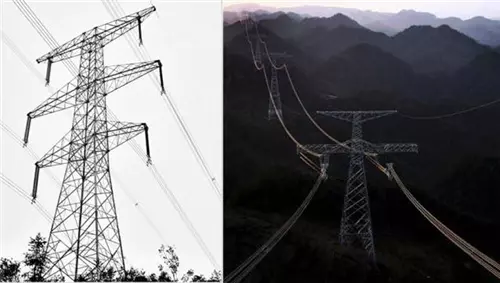
Next, let’s go to the topic, how to identify the voltage level of the transmission line at a glance? Just "three look":
First, look at the number of split wires
Split conductor is a wire erection method adopted by UHV transmission lines to suppress corona discharge and reduce line reactance, that is, each phase conductor is composed of several sub-conductors with smaller diameters. The more the number of split wires, the stronger the transmission capacity and the higher the voltage level.
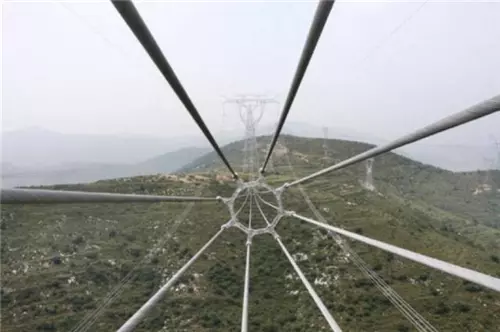
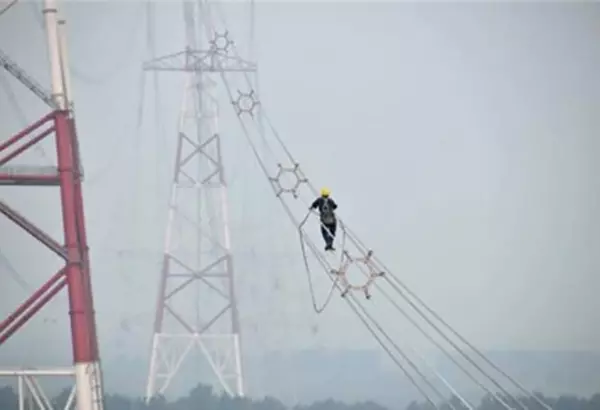
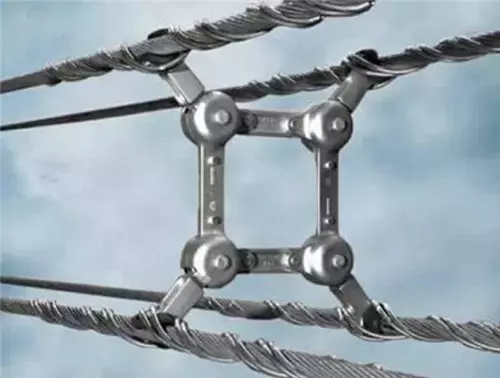

For voltage levels of 110kV and below, because corona is not serious, a single wire is generally used.
Second, look at the number of insulators
An insulator is a special insulation control, usually made of glass or ceramic, to increase the creepage distance. The insulator is in the shape of a disc, and a disc is considered as a piece of insulator, and the insulator string plays the role of isolating the wire and the tower. Each insulator can withstand a voltage of about 15-20 kV, so the voltage level can be judged according to the number of insulators. However, if you are in a high-altitude, dirty area, the number of insulators will increase.
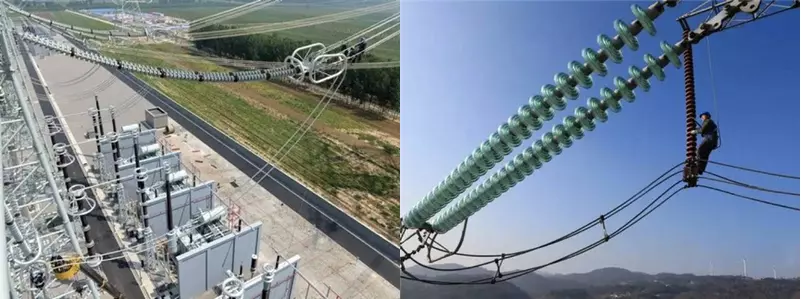
500kV: about 25 pieces

110kV: 7-9 pieces
35kV insulators are 3 pieces; 220 (380)V lines generally do not have insulators.
Third, look at the height of the transmission line
The safety distance between the transmission line and the ground is regulated. The higher the voltage level, the higher the height when the transmission line is erected. According to "Code for Design of Overhead Transmission Lines", the minimum distance between conductors in residential areas and the ground is generally:
110kV, 220kV, 330kV transmission lines: 10 meters
500kV: 15 meters
750kV: 20 meters
1000kV: 35 meters
It should be noted that the above figures are only approximate concepts and will be adjusted according to different terrains and climates.
In summary, regarding the voltage level of transmission and distribution lines, look at the number of wire splits, the number of insulators, and the line height. Have you learned?
For more information, please visit the website: www.jecsany.com




